Solar Eclipse 2015: Don't fear if you missed the partial eclipse over Britain today – 2017's total eclipse will be even more impressive
Thought today's partial eclipse was a little underwhelming? America’s total version two years from now will create the biggest single movement of people for the purposes of tourism in human history, says Simon Calder
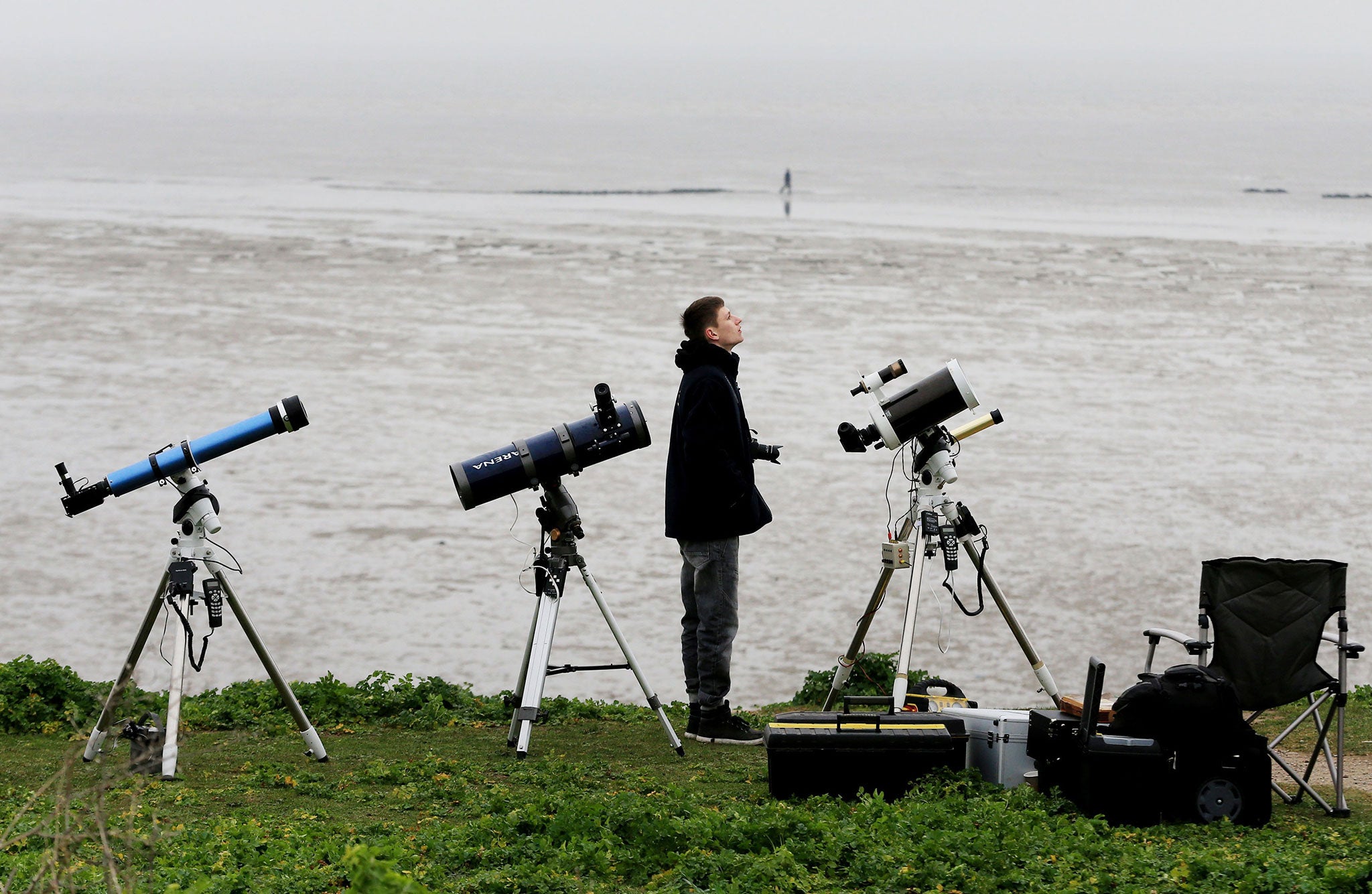
Heavens: when I asked mild-mannered and formidably brainy astronomer John Mason to assess the difference between a partial and a total solar eclipse, I imagined he might say the two phenomena were very similar. But no.
“A 99.5 per cent partial and a total eclipse are about as different as you can get.”
So what does that extra 0.5 per cent represent?
“The difference between a peck on the cheek and a night of passion.”
That analogy helps to explains why, when I spoke to the distinguished applied physicist, he was in the world’s northernmost town (along with Mrs Mason).
The skies above the upper latitudes were busy earlier today. At the North Pole, the sun deigned to make its first appearance for six months. A little further south, darkness fell upon the Svalbard capital, Longyearbyen, shortly after elevenses. A few thousand adventurers have paid astronomical sums to be on the “line of totality” of the only total solar eclipse of 2015, with a 50:50 chance of the skies being clear enough to let them witness the moon obscure the sun for 2 minutes, 28 seconds.
I’m partial to a total solar eclipse myself, but I like good odds. That’s why I declined to go in search of the 2015 edition - even the cheaper cruise version which involved bobbing around off the coast of the Faroes. From my experience of the wintry fragments of land scattered between Shetland and the Arctic, not seeing the sun is reasonably easy to achieve at any time of year: the northern sky often seems to buckle under the weight of heavy cloud, as it did for the majority of the UK today.
Twenty years ago it was a different story. I watched the light go out amid the ancient Moghul ruins of Fatehpur Sikri near Jaipur in India. My notes of the event read:
“As the heavens reveal their winning hand and darkness steals the day, we watchers, like the birds, fall silent. The meek old moon demonstrates its momentary power to suppress the sun in a gesture of cosmological contempt that lasts a few minutes but will live with you forever.”

I was one of 100-plus space tourists who joined Dr Mason for 10 days of gazing at India, centred on the 1995 eclipse. Another devotee on that trip was Brian May, the Queen guitarist.
It’s a kind of magic, the way that eclipses happen. “The moon is not an important astronomical body,” my textbook tells me. Normally the Earth’s satellite contents itself with providing us earthlings with tides, light and somewhere to aim space rockets. But roughly once a year, it aligns with the sun and, thanks to a geometric miracle, blots out the hub of the solar system.
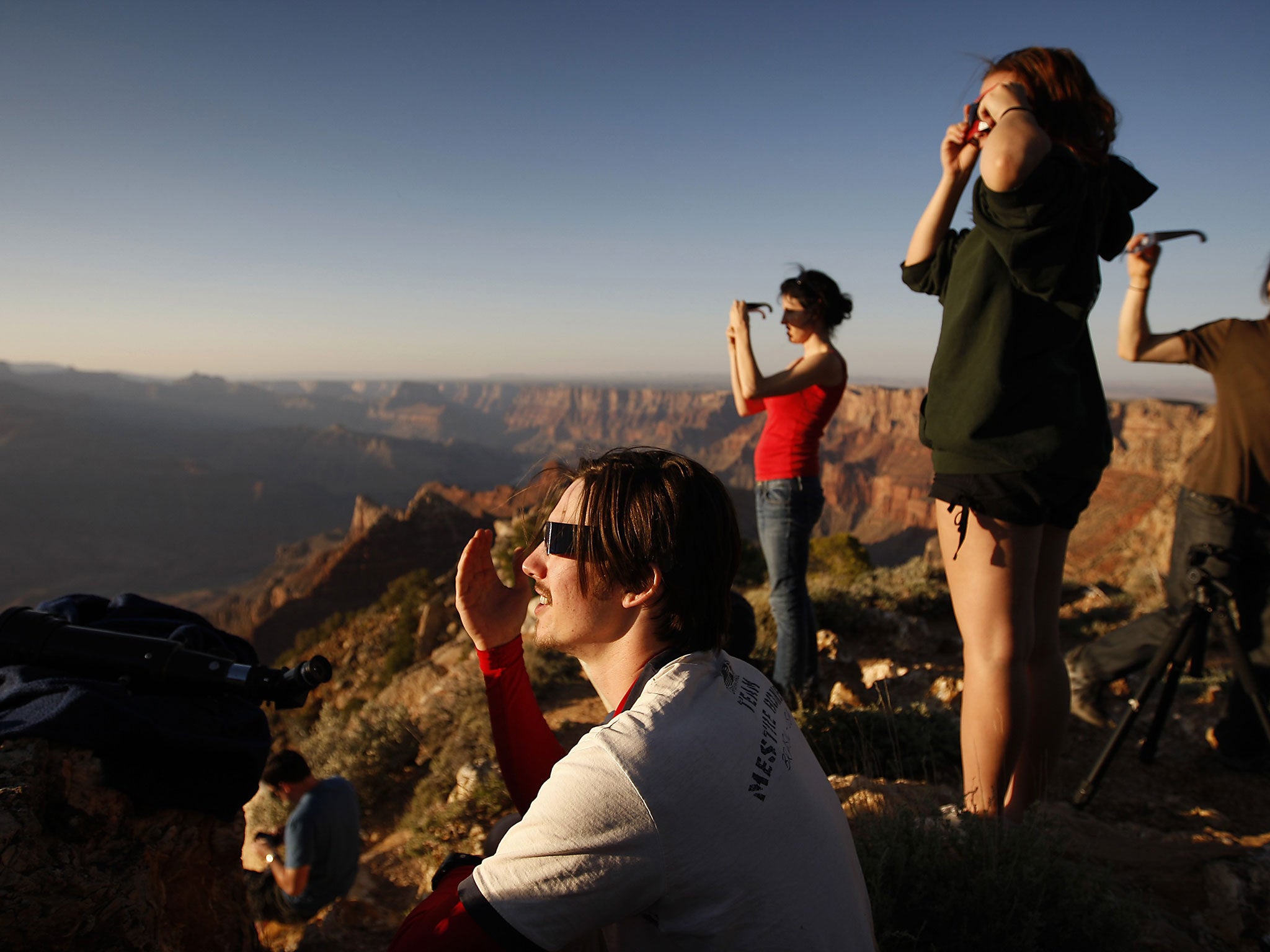
After a warm-up of over an hour, during which the moon creeps over the surface of the sun, totality hits like a hammer to still nature and man. Stars and planets emerge, blinking, in the middle of the day. Faint diamonds known as Baily’s beads - light from the sun slipping through lunar valleys - peek out from behind the moon to testify to the weirdly perfect fit, from a human perspective, of our two most familiar heavenly bodies. A sight to behold - so long as you can see it.
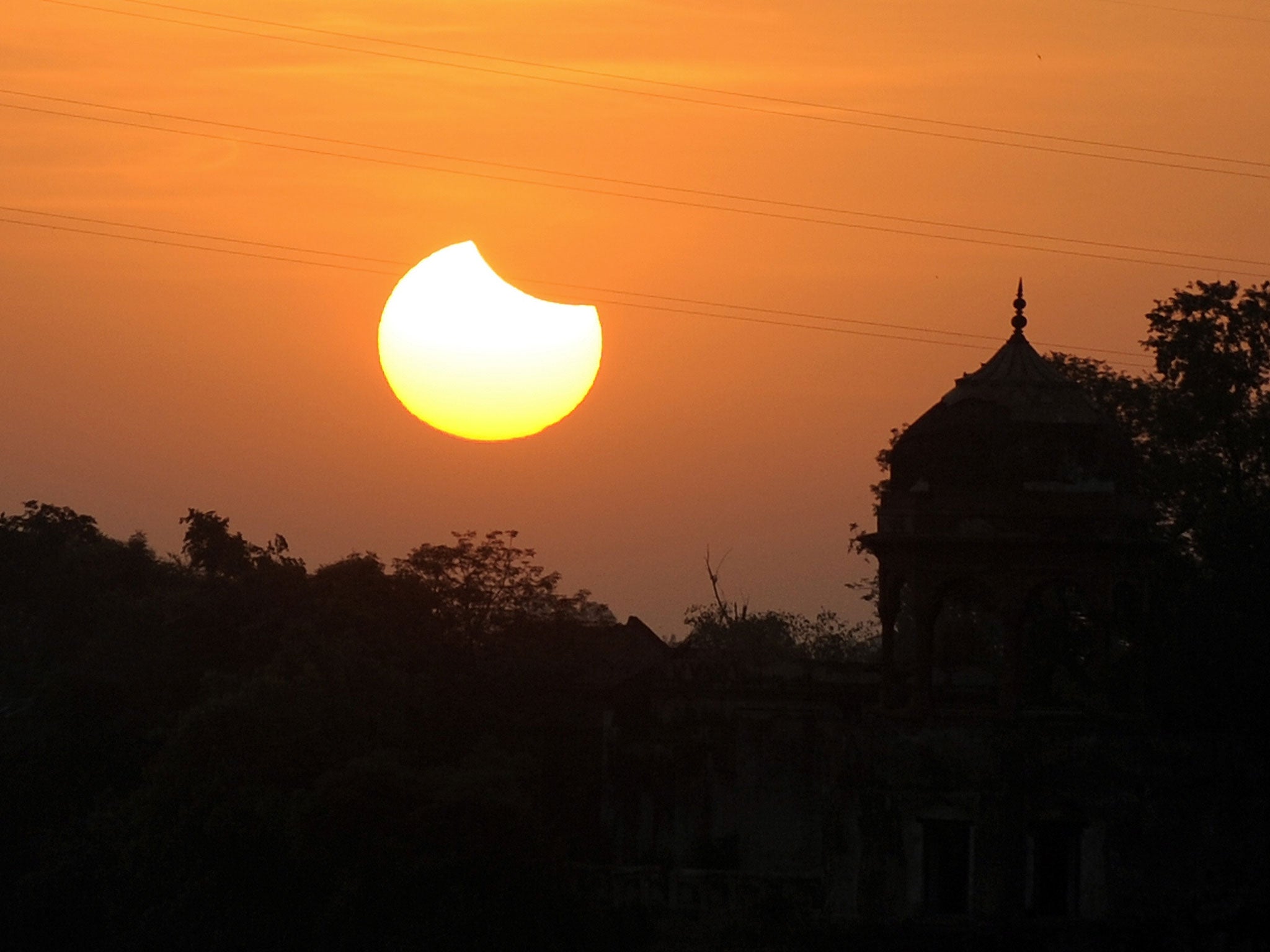
Eclipses are entirely predictable: we know the stripes that the next few dozen will paint upon the surface of the Earth. But the weather is not. Four dimensions influence the choice of an eclipse sites, and the most critical is the record of cloud cover for the corresponding date in previous years. The next: the degree of difficulty reaching the venue. For both of these, the lower the better.
Then there are the surroundings - do they diminish or enhance the experience? And equally important, what else is there to do before and after?
So for the great 1999 European eclipse, which you may recall clipped a corner of Cornwall and had the Bohemians in rhapsodies, I took a cheap day trip on the ferry from Newhaven to Dieppe. The French port was the easiest place to reach from south-east England along the line of totality. While the pebbly beach was hardly the stuff of travel dreams, the seafood restaurant was heavenly. But the gods did not smile upon us, and the event was obscured by clouds – much like today's.
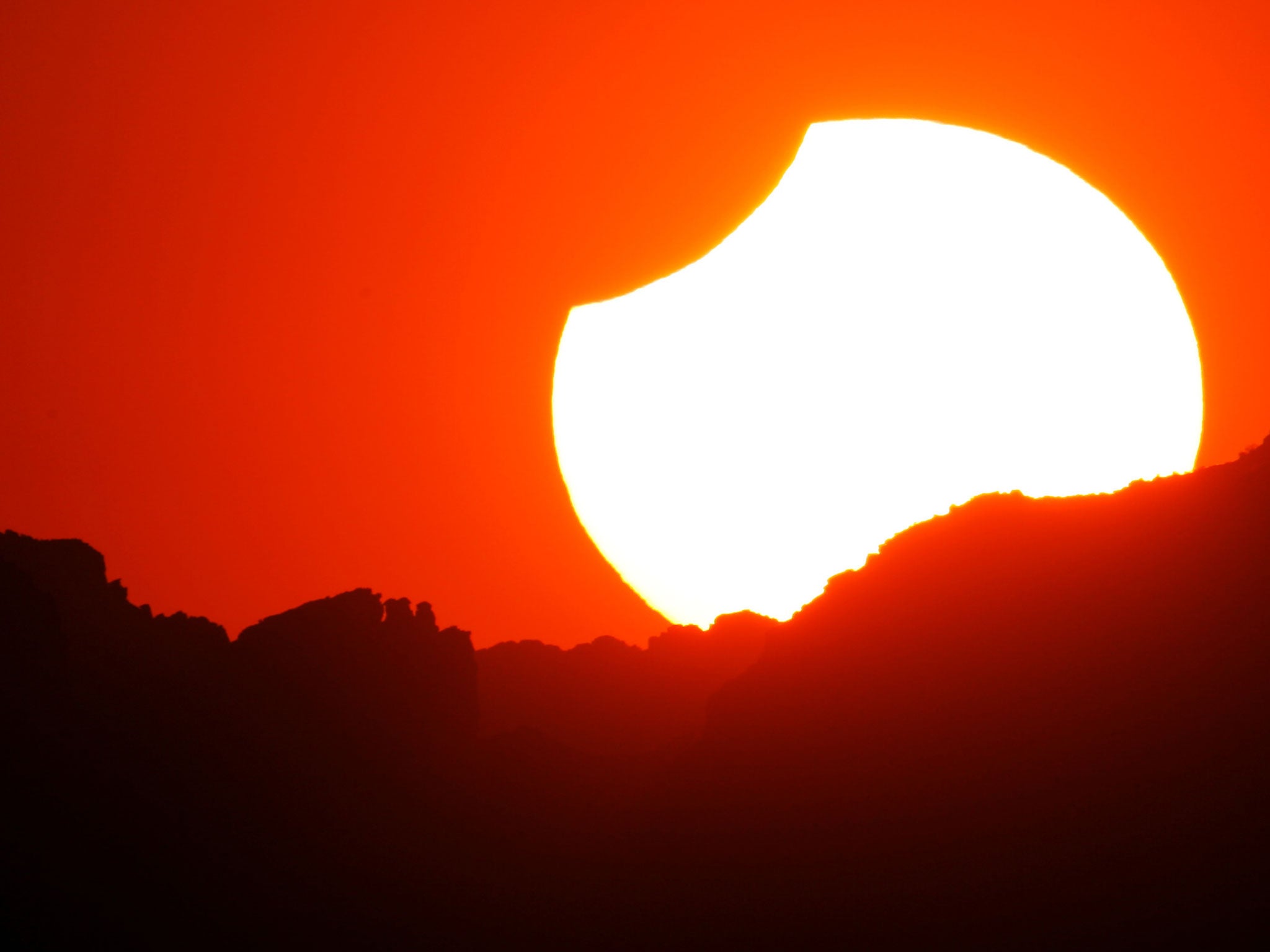
After today, my astronomical sights are fixed exactly 29 months ahead, to the greatest eclipse of your lifetime and mine. The prospect of losing the sun to a cosmological void for a couple of minutes will grip the US and attract millions of tourists. I hope I shall see you on the dark side, too.
On 21 August 2017 - peak holiday season - the first total eclipse to appear in the contiguous United States since a brief appearance in Montana in 1979 will roll across America like a mighty highway connecting state capitals. The path of totality sweeps over Salem, Oregon at 10.19am; Lincoln, Nebraska at 1.05pm; Nashville, Tennessee 25 minutes later; and Columbia, South Carolina at 2.44pm. Four minutes later, the 2017 eclipse will take the shine off the beautiful colonial town of Charleston before dwindling into the Atlantic.
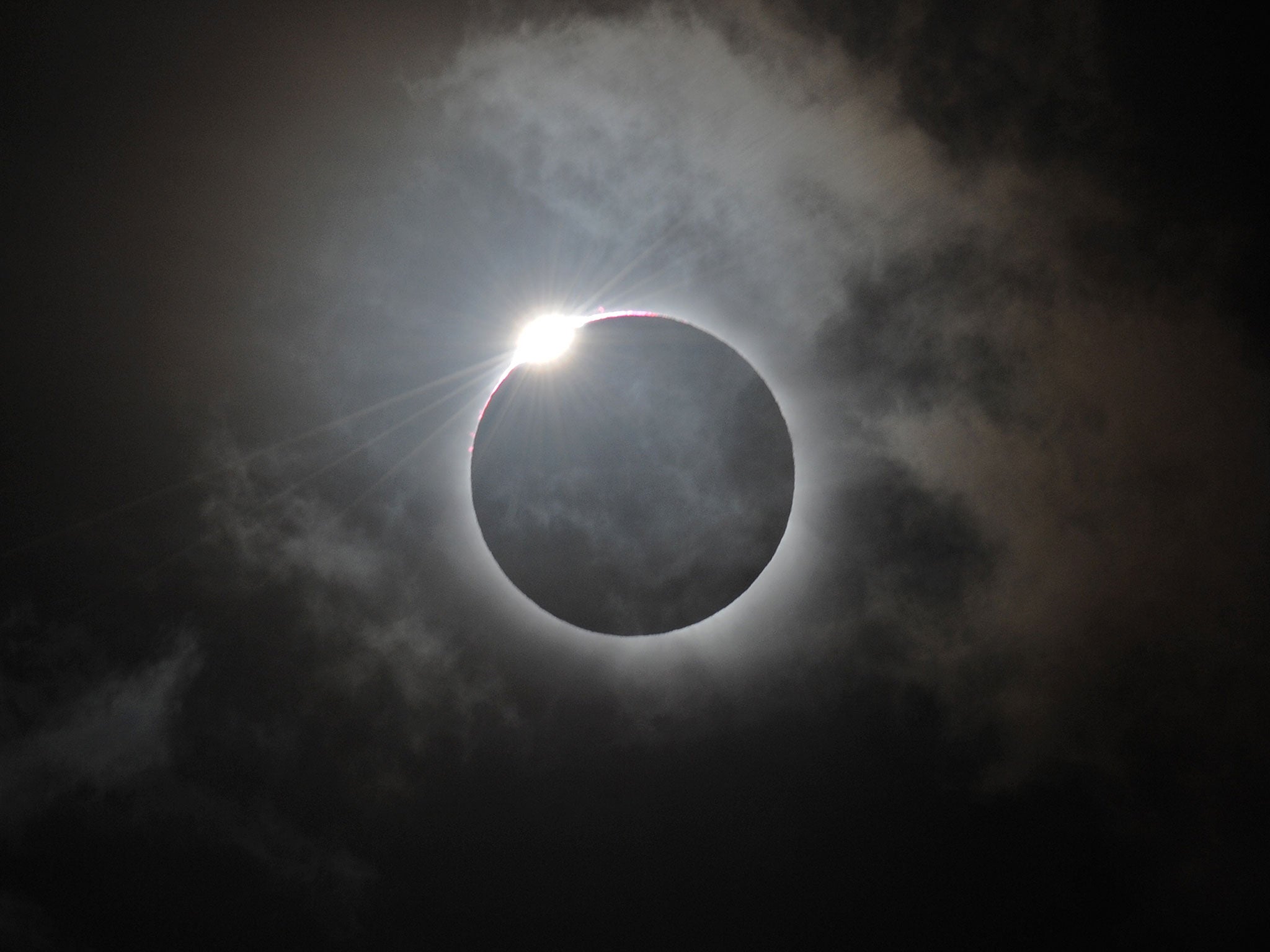
Citizens of Atlanta, St Louis, Denver, Salt Lake City and Portland will be within a few hours’ drive of the line of totality. With so many big cities so close, the 2017 eclipse will create the biggest single movement of people for the purposes of tourism in human history.
An infinitesimal proportion of all the people who have ever lived have witnessed a total eclipse - but now the possibility is open to anyone lucky enough to be of modest means in the West. We are the champions of the world.
The darkness will dazzle the citizens of hundreds of cities and towns along the path. But you won’t meet me in Kansas City at 1.10pm, nor will I take the last train to Clarksville, Tennessee to be there by 1.28pm. That’s because I am staking a fortune on David Phillips being right. For our family of four, it will represent the most expensive holiday ever.
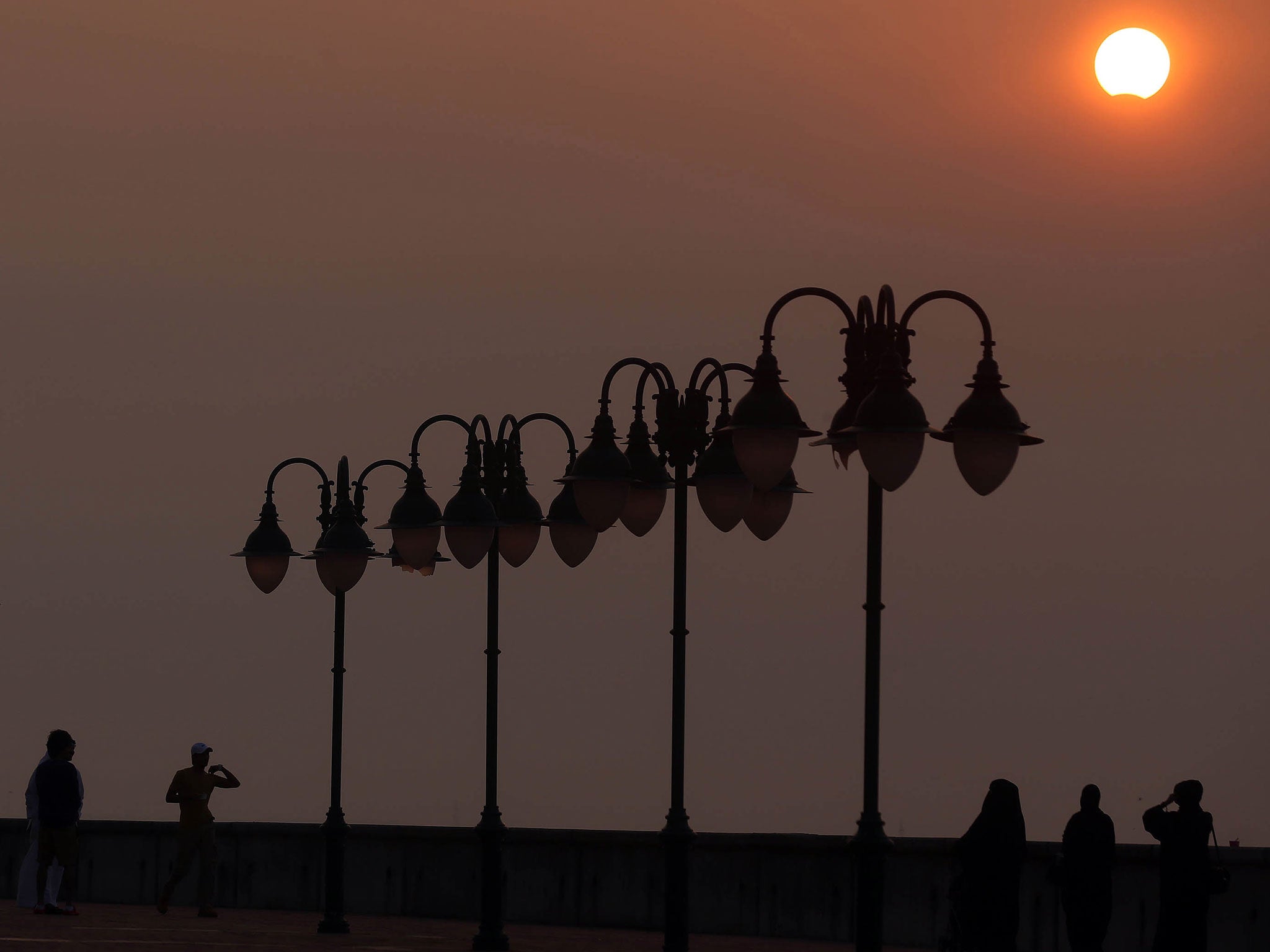
Mr Phillips is the operations manager of Explorers Tours, and an example of why professionals matter in travel. You could book flights to the US in 2017, rent a car and choose a random location on the eclipse track for a lot less than the £10,000 I am budgeting. But I want to break free from the crowds in the car parks, and will cheerfully pay a premium for expertise.
“We started looking early last year,” says Mr Phillips. Historically many parts of the western and central states have clear skies in August, so it was down to aesthetics.
“Jackson was an area where we felt weather prospects were suitably good, and it’s a stunningly beautiful area. So we homed in on that area.”
It also has the advantage of being close to the Grand Tetons and Yellowstone National Park, which adds to the pre-eclipse interest.
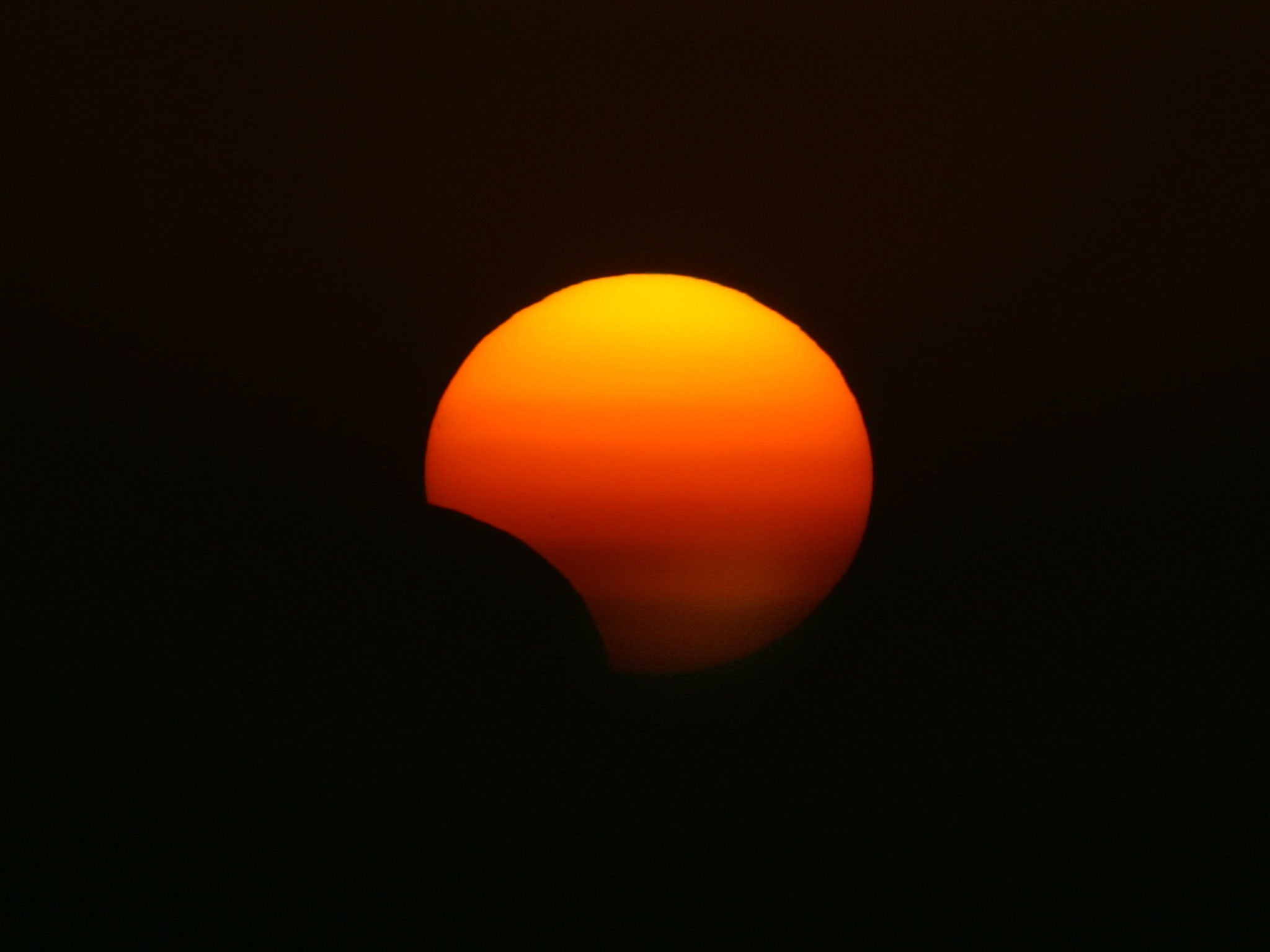
Having decided on the location, the first essential is a hotel close to the site. Almost as predictable as the eclipse is that traffic to and from the line of totality is going to be a nightmare on 21 August 2017, so the closer you wake up to the line of totality, the better. The rooms are booked.
Next, a viewing site somewhere reasonably private where the camera-flashing amateur astronomers will be absent. So not a parking lot, then.
“We’ve got a contract in place with a ranch owner,” says Mr Phillips. He hasn’t yet decided which of three possible sites on the estate to use, because that will depend on conditions on the day. Thoughtfully, he has also arranged some tents for feed the group after the event. The eclipse is the headline act, but it is part of a week-long travelling festival of astronomy in the company of like-minded amateurs - and with scientists who inspire and inform with presentations that take the tour to distant galaxies.

If you can’t wait a couple of years, there is another total eclipse on the other side of the planet, in Indonesia, next year. But it will be difficult and expensive to reach a suitable viewing site. That’s why I am waiting to watch the Rocky Mountains disappear, feel the air chill, and be smitten by the elegance of nature in 2017. And to share it with Dr Mason (and possibly Brian May).
The moon may be “a dead ball of stone, its face encrusted with craters from ancient impacts with interplanetary bodies,” as my textbook say, but it will bring the world to life in the memorable summer of ’17.

Back in the extreme north of ‘15, the last word to Dr Mason, who sums up the virtue of eclipse tourism.
“You never have any arguments about where you're going, or when.”
It’s all in the roll of the cosmological dice.
Join our commenting forum
Join thought-provoking conversations, follow other Independent readers and see their replies
Comments
Bookmark popover
Removed from bookmarks